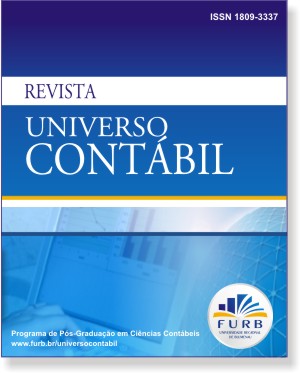ANALYSIS OF THE APPLICABILITY OF THE TIME-DRIVEN ACTIVITY-BASED COSTING IN MAKE-TO-ORDER COMPANIES
DOI:
https://doi.org/10.4270/ruc.20106Keywords:
Make-to-order companies, Activity-Based Costing, Time-driven approach.Abstract
This paper presents the results of a research whose objective was to analyze the managers’ perception of the applicability of the time-driven activity-based costing approach (TDABC) in a make-to-order company (MTO) located in the metropolitan area of Belo Horizonte (MG). The methodology applied in this exploratory qualitative research was the case study. Several data collection techniques were used, such as semi-structured interviews, documental analysis and participant observation. The research results show that the TDABC improves the use of cost drivers and forces the activities identified in the ABC to be grouped in sub-activities so one can measure the time spent by means of time equations. Applying the TDABC in a make-to-order environment proved to be rather complex. The inherent unpredictability of an MTO company makes it difficult to create time equations, which are fundamental to implement the TDABC, thus restricting its use in that kind of company. Some restrictions stand out: the results can not be indiscriminately generalized, once they dealt with a single case study, and the sector covered by the MTO company surveyed is rather peculiar. It is also important to point out the lack of researches on TDABC, especially in Brazil.Downloads
Download data is not yet available.
Downloads
Published
2010-02-03
How to Cite
de Souza, A. A., Avelar, E. A., Boina, T. M., & Raimundini, S. L. (2010). ANALYSIS OF THE APPLICABILITY OF THE TIME-DRIVEN ACTIVITY-BASED COSTING IN MAKE-TO-ORDER COMPANIES. Revista Universo Contábil, 6(1), 67–84. https://doi.org/10.4270/ruc.20106
Issue
Section
National Section
License
The copyright for papers published in this journal belong to the author, with rights of first publication for the journal. As the papers appears in this publicly accessed journal, the papers are for free use, receiving their credit, in educational and non-commercial uses. The journal will allow the use of the papers published for non-commercial purposes, including the right to send the paper to publicly accessed databases.


